Remember when just a glimpse of those dashing young men on the silver screen made your heart skip a beat? The ’60s gave us some of Hollywood’s most swoon-worthy stars who captivated us with their charm, talent, and those unforgettable smiles. But as the decades rolled by and the spotlight gradually shifted to newer faces, our beloved heartthrobs didn’t just fade away—many reinvented themselves in ways we never could have imagined during those dreamy days in the cinema.
1. Robert Redford: From Matinee Idol to Environmental Champion
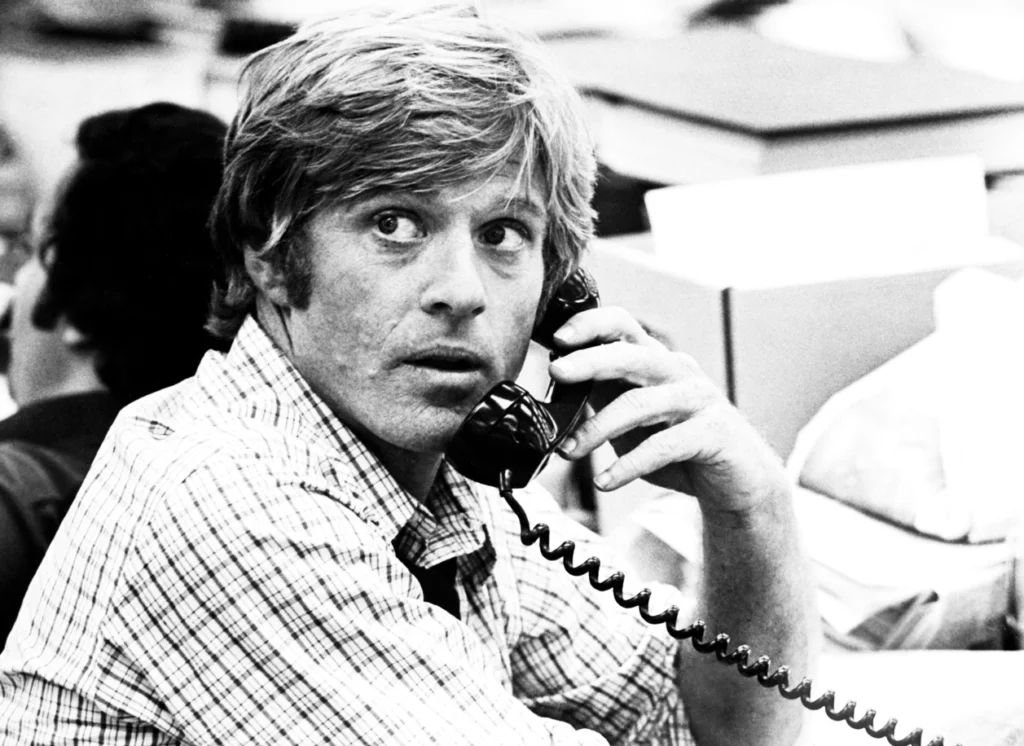
The golden-haired star who made us weak in the knees in “Butch Cassidy and the Sundance Kid” transformed into one of Hollywood’s most passionate environmental activists. Redford founded the Sundance Institute in 1981, creating not just a prestigious film festival but a movement that has supported thousands of independent filmmakers. His dedication to conservation led him to serve as a trustee of the Natural Resources Defense Council and use his celebrity status to protect wilderness areas throughout the American West. The Redford Center chronicles his work specifically as an environmental activist.
While many actors simply aged into “distinguished gentleman” roles, Redford channeled his influence into fighting for the planet when cameras weren’t rolling. He purchased land in Utah that would become Sundance Mountain Resort, developing it with strict environmental standards that became a model for eco-friendly development. In 2002, he received the prestigious Audubon Medal for his environmental leadership, proving that his most meaningful role might be the one furthest from the Hollywood glamour that first made us fall for him.
2. Sean Connery: From 007 to Literary Champion
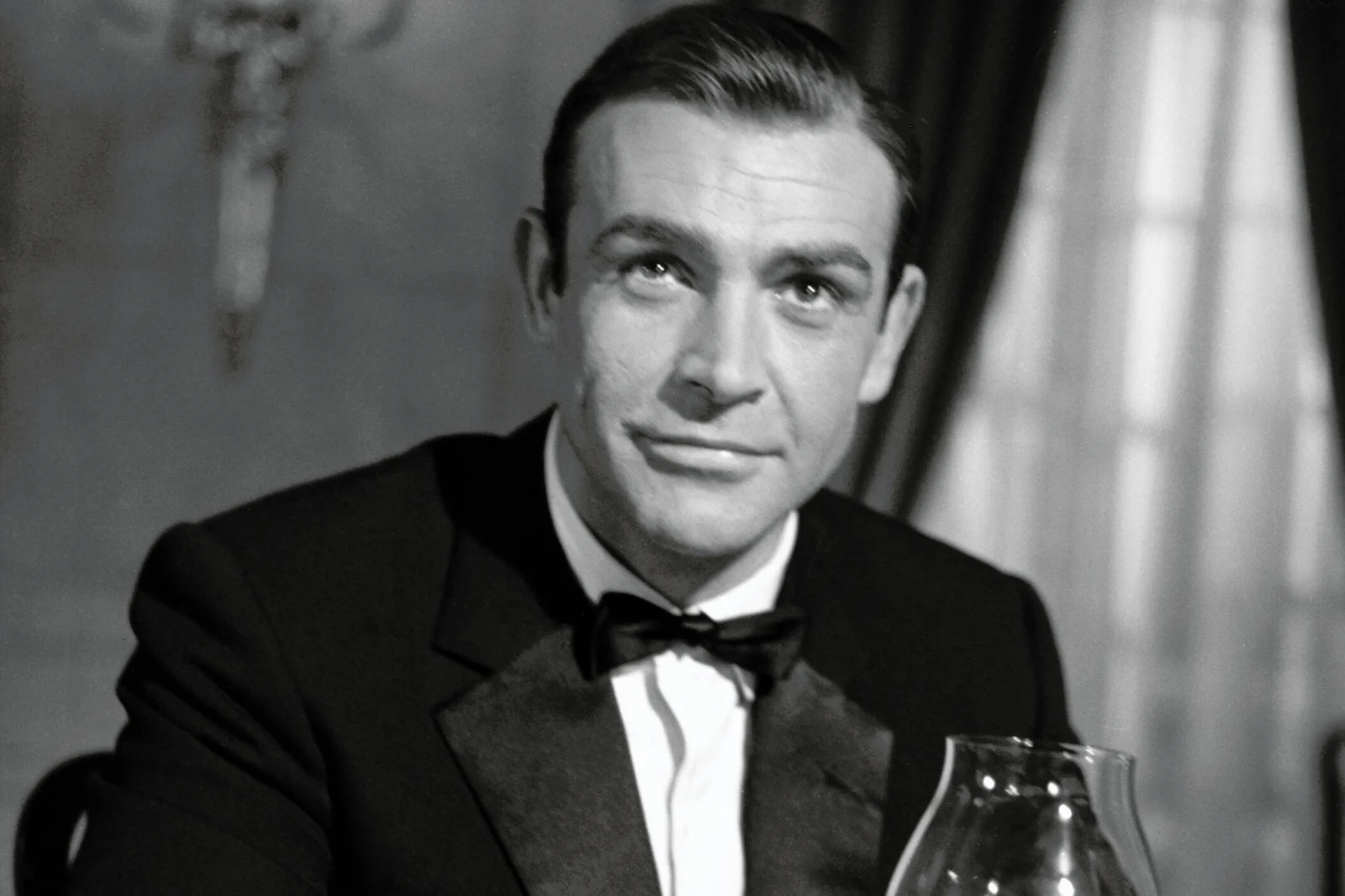
The quintessential James Bond who embodied sophistication and danger in equal measure took on a remarkably different mission in his later years—promoting literacy and Scottish education. After his final Bond appearance and subsequent Oscar win for “The Untouchables,” Connery established the Scottish International Education Trust with his Bond film earnings, providing scholarships to Scottish artists and athletes. His passion for education was a striking contrast to his action-hero persona, revealing the thoughtful man behind those smoldering eyes we couldn’t resist. KPAX News documents his work in promoting educational efforts in the greater timeline of his remarkable career.
Connery’s dedication to literature extended to narrating documentaries about his beloved Scotland and its rich cultural heritage. He became a vocal advocate for Scottish independence, using his international platform to bring attention to his homeland’s political aspirations. Despite living abroad as a tax exile, Connery maintained his connection to Scotland through philanthropic work, proving that the dashing spy who once captured our imaginations had depths we never fully appreciated during his heartthrob days.
3. Paul Newman: From Blue-Eyed Charmer to Philanthropic Pioneer
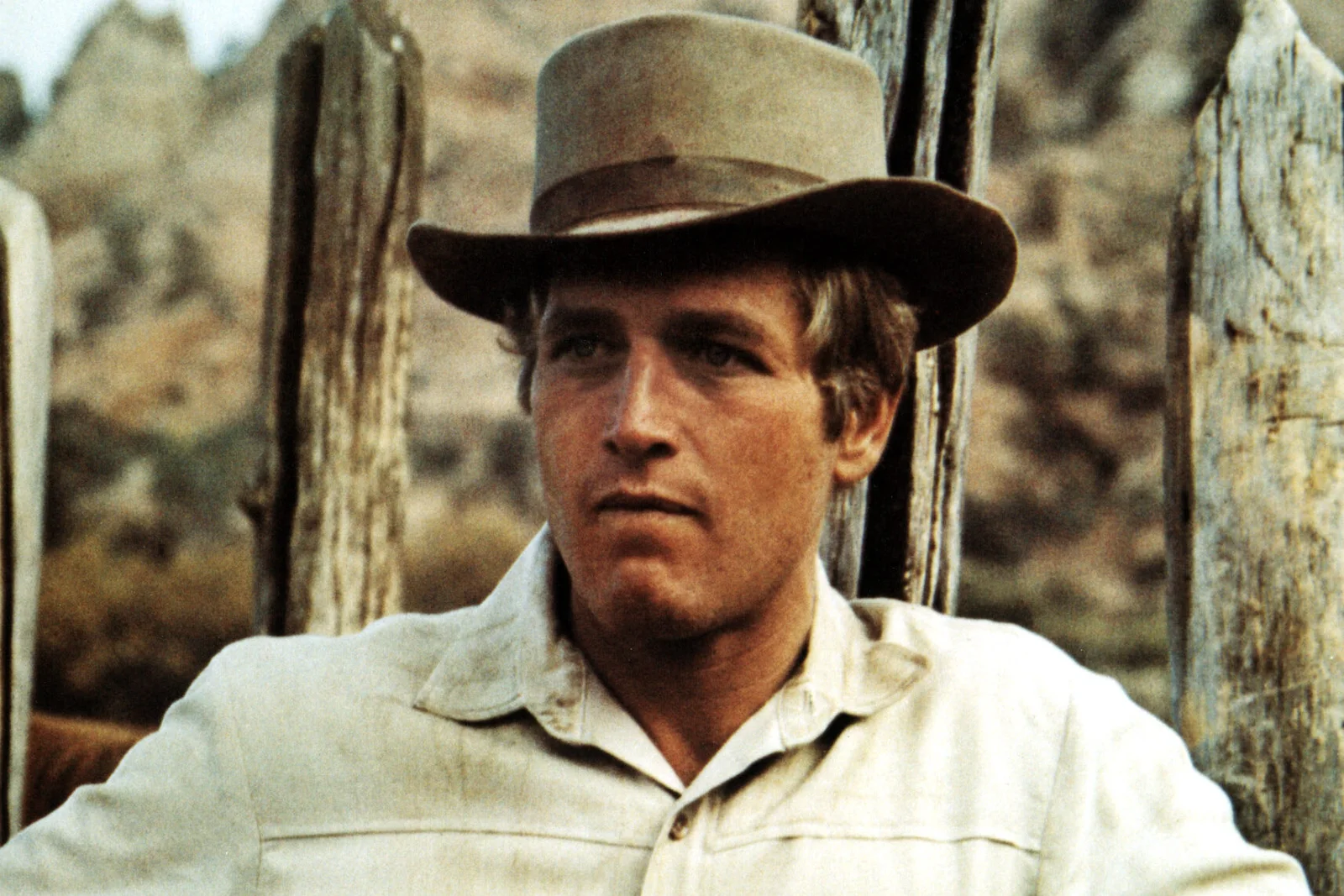
Those legendary blue eyes that melted hearts in “Cool Hand Luke” and “Butch Cassidy” eventually gazed toward horizons far beyond Hollywood as Newman revolutionized celebrity philanthropy. In 1982, he founded “Newman’s Own,” starting with a simple salad dressing recipe and building it into a food empire that has donated over $570 million to charitable causes. His entrepreneurial spirit transformed the concept of celebrity product endorsements into something truly meaningful, creating a model that countless stars have since attempted to replicate. Britannica puts into perspective the inspiring extent of Newman’s pilanthropic efforts.
Newman’s philanthropic vision extended to establishing the Hole in the Wall Gang Camp for seriously ill children, creating safe havens where kids facing life-threatening conditions could experience the joys of childhood. His passion for auto racing, which began during filming of “Winning” in 1969, led him to compete professionally well into his 80s, showing a daredevil spirit that complemented his humanitarian heart. Newman redefined what it meant to age gracefully in Hollywood, maintaining his heartthrob status while proving that real sexiness comes from using your influence to improve others’ lives.
4. Clint Eastwood: From Brooding Cowboy to Political Leader
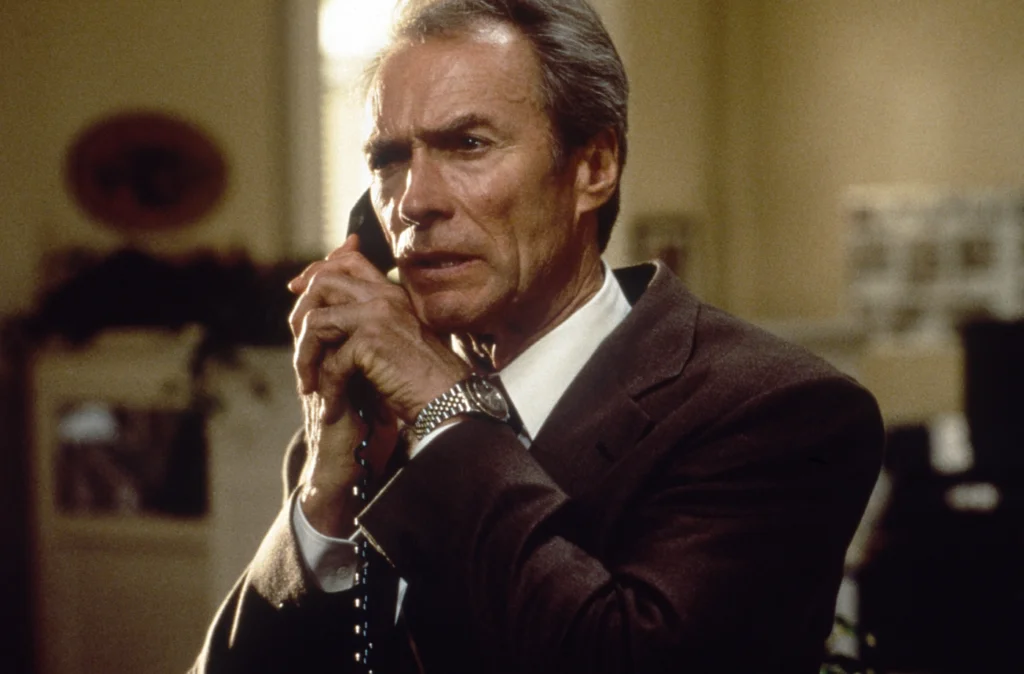
The squinty-eyed man with no name who defined the spaghetti western genre traded his poncho for a mayor’s office in Carmel-by-the-Sea, California. Eastwood served as mayor from 1986 to 1988, focusing on environmental initiatives and business-friendly policies that reflected his pragmatic, independent political stance. His transition from fictional lawman to actual civic leader surprised many who knew him only as the tough guy from “The Good, The Bad and The Ugly,” revealing a deep interest in community service that few fans glimpsed during his heartthrob years. Eastwood has such an extensive resume and has worn so many hats, Ranker counts him as one of the top Renaissance men of our time.
While maintaining his film career both in front of and behind the camera, Eastwood developed a reputation as a politically engaged artist unafraid to challenge Hollywood conventions. He transformed himself into one of cinema’s most respected directors, winning Academy Awards for “Unforgiven” and “Million Dollar Baby” decades after he first made us swoon. Even in his 90s, Eastwood continues to direct films with themes exploring American identity and moral complexity, proving that the strong, silent type who captured our hearts had an intellectual depth that transcended his early roles.
5. Dick Van Dyke: From Song-and-Dance Man to Computer Animation Pioneer

The lanky, lovable star who charmed us with his physical comedy in “Mary Poppins” and “The Dick Van Dyke Show” developed a surprising second career as a computer animation enthusiast in the 1980s. Van Dyke invested in high-end computer equipment long before it was common, teaching himself 3D animation and creating professional-quality graphics at a time when most people his age were baffled by VCR programming. His Animac system, which cost nearly $300,000 in the 1980s, allowed him to create animations for corporate clients and explore artistic expressions that were light-years away from his song-and-dance routines.
The beloved performer who once danced with penguins became an early adopter of technology, writing computer programs and even developing animation for network television. Van Dyke frequently appeared on computer graphics panels and in technology magazines, becoming an unlikely bridge between old Hollywood entertainment and emerging digital media. His enthusiasm for continual learning and embracing new art forms shows a curiosity and adaptability that helps explain how he maintained his youthful spirit well into his 90s, long after his heartthrob days ended.
6. Sidney Poitier: From Groundbreaking Actor to Diplomatic Statesman
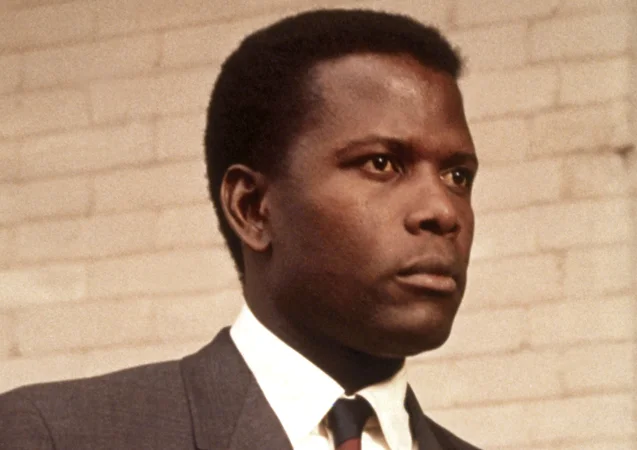
The dignified star who broke racial barriers with films like “Guess Who’s Coming to Dinner” and “In the Heat of the Night” transformed into an influential diplomat representing his native Bahamas. Poitier served as the Bahamian ambassador to Japan from 1997 to 2007, navigating complex international relations with the same grace he brought to his groundbreaking roles. His transformation from actor to diplomat surprised many fans who didn’t realize the debonair leading man held dual citizenship and maintained strong ties to his Caribbean homeland.
Beyond his diplomatic service, Poitier became a respected voice on civil rights and racial equality, writing books that explored his unique journey as a black man who rose to stardom during America’s civil rights era. He received the Presidential Medal of Freedom in 2009, recognizing not just his artistic achievements but his lifelong commitment to human dignity and social justice. Few could have predicted that the handsome young man who captured hearts in “To Sir, With Love” would eventually shape international relations and become a moral conscience for an entire generation.
7. Leonard Nimoy: From Vulcan Science Officer to Fine Art Photographer
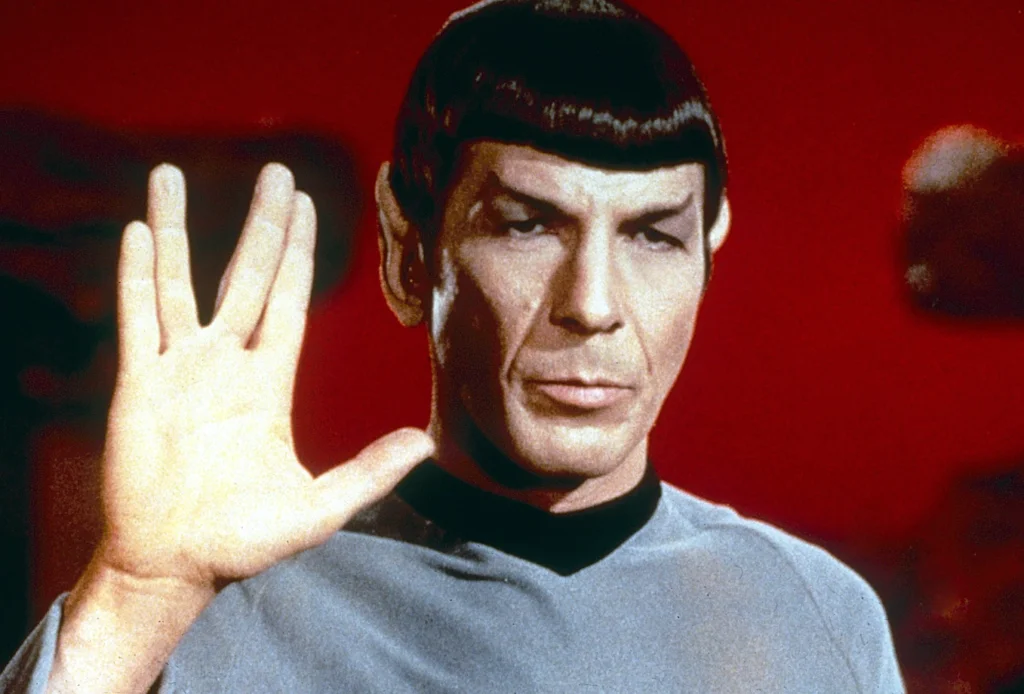
The actor who gave us the logical Mr. Spock on “Star Trek” developed a surprisingly artistic and spiritual second career as an accomplished art photographer. Nimoy studied photography at UCLA in the 1970s and eventually had his work exhibited in major museums, including the Massachusetts Museum of Contemporary Art and the Jewish Museum of New York. His photography series explored themes of spirituality, body image, and Jewish identity, revealing the sensitive artist behind the stoic character that made him famous.
Nimoy’s photographic collections, including “Shekhina” and “The Full Body Project,” challenged conventional beauty standards and explored religious mysticism in ways that surprised fans who knew him only as the pointy-eared science officer. He became an advocate for body positivity, photographing full-figured women with dignity and grace at a time when such representations were rare in fine art. Nimoy’s artistic evolution demonstrated that the man who once made nerdy seem sexy had depths of humanitarian compassion and creative vision that transcended his iconic television role.
8. Adam West: From Caped Crusader to Voice Acting Pioneer
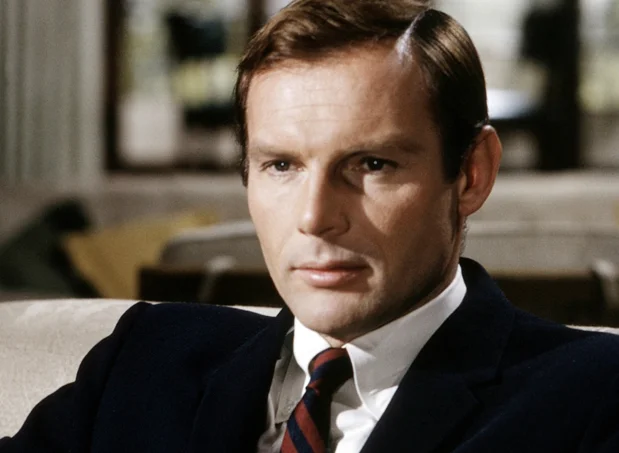
The square-jawed star who defined Batman for a generation experienced harsh typecasting after the campy series ended, only to reinvent himself decades later as a voice acting legend. West embraced his Batman legacy with humor and grace, finding a second career wind by voicing animated versions of himself, most notably as the hilariously eccentric Mayor West on “Family Guy.” His distinctive voice and ability to poke fun at his own earnest persona endeared him to a whole new generation who never saw him in tights and a cape.
West’s career renaissance demonstrated remarkable patience and perseverance, coming after decades of being overlooked for serious roles due to his Batman association. He became a fixture at comic conventions, developing genuine connections with fans across multiple generations and embracing his place in pop culture history. What many don’t realize is that West recorded hundreds of voice acting roles across video games, cartoons, and commercials, building a substantial late-career body of work that eventually eclipsed his brief time as the Caped Crusader.
9. James Garner: From Smooth-Talking Charmer to Racing Enthusiast and Activist
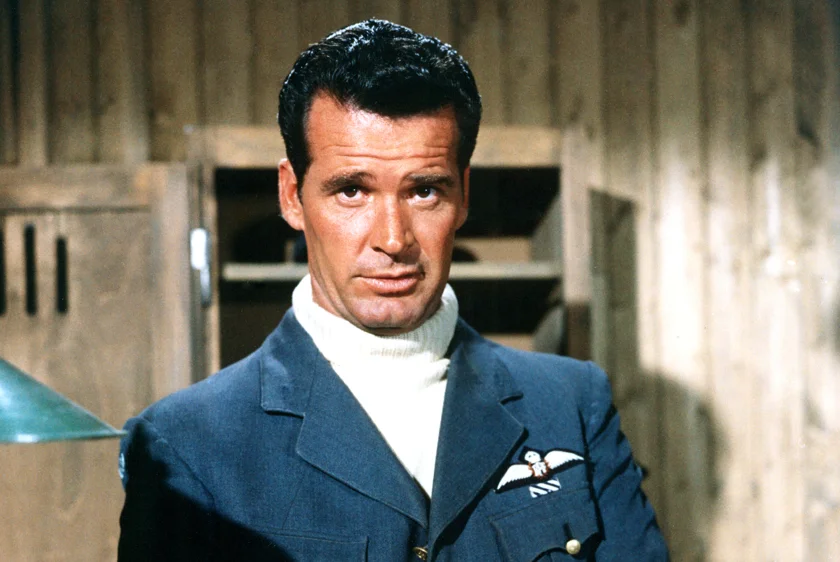
The laid-back star of “Maverick” and “The Rockford Files” channeled his on-screen love of cars into becoming a serious racing competitor and team owner. Garner founded the American International Racers team, competed in the grueling off-road Baja 500 race multiple times, and performed many driving stunts in his own films. His racing passion wasn’t just a hobby—he developed professional-level skills that earned respect from legitimate racers, showing that the seemingly effortless cool he projected on screen was backed by real mechanical knowledge and driving talent.
Beyond the racetrack, Garner became an outspoken political activist, particularly during the civil rights movement when he participated in the 1963 March on Washington alongside Martin Luther King Jr. He fought a successful legal battle against Universal Studios over profit-sharing for “The Rockford Files,” setting an important precedent for actors’ rights in television contracts. Garner’s willingness to stand up for his beliefs—both politically and professionally—revealed that the charming rebel he often portrayed on screen reflected genuine principles that guided his life long after his heartthrob days faded.
10. Omar Sharif: From Desert Prince to World-Class Bridge Player
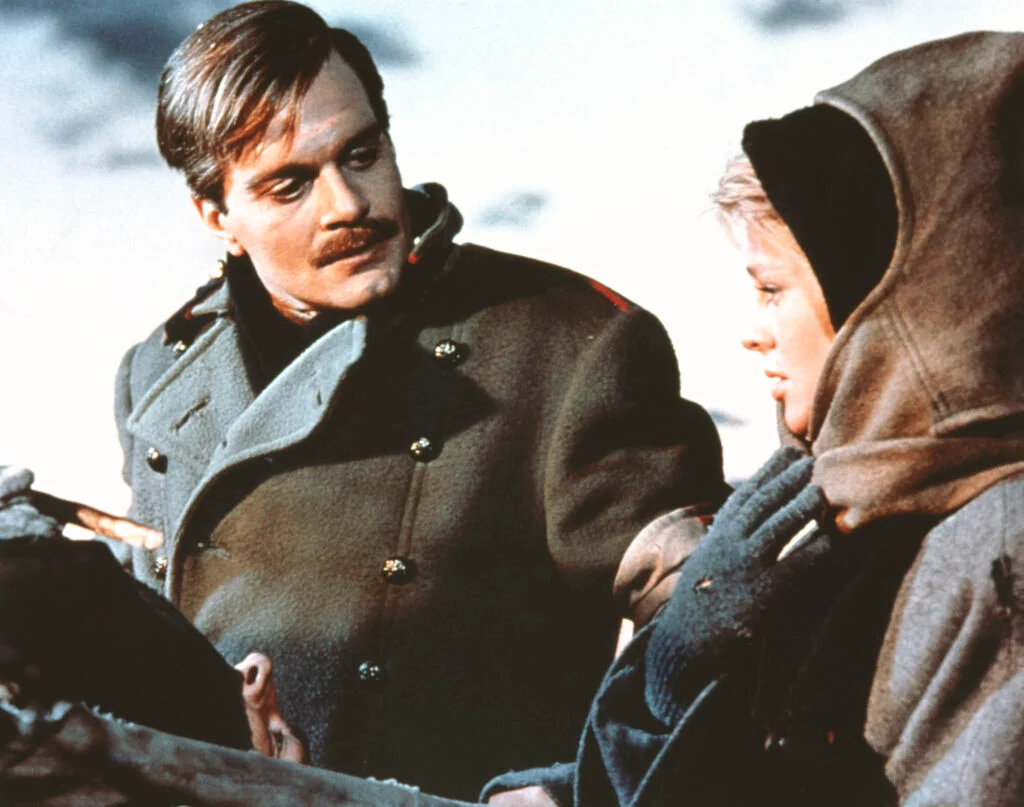
The smoldering Egyptian actor who set hearts aflutter in “Lawrence of Arabia” and “Doctor Zhivago” became one of the world’s foremost contract bridge players and writers. Sharif represented Egypt in international bridge tournaments, wrote a syndicated bridge column for decades, and even developed his own bridge computer game. His intellectual passion for the strategic card game revealed a mathematical mind behind those dark, romantic eyes that once dominated cinematic love stories.
At the height of his bridge career, Sharif temporarily set aside acting to focus on card tournaments, traveling the world with his own team called “The Omar Sharif Bridge Circus.” He authored several books on bridge strategy that are still respected in competitive bridge circles today, establishing himself as a legitimate authority in a realm entirely separate from the film industry. This unexpected second career demonstrated that the man once considered one of the most handsome actors in the world valued mental challenges as much as the adoration that came with his heartthrob status.
11. James Coburn: From Tough Guy to Holistic Health Advocate
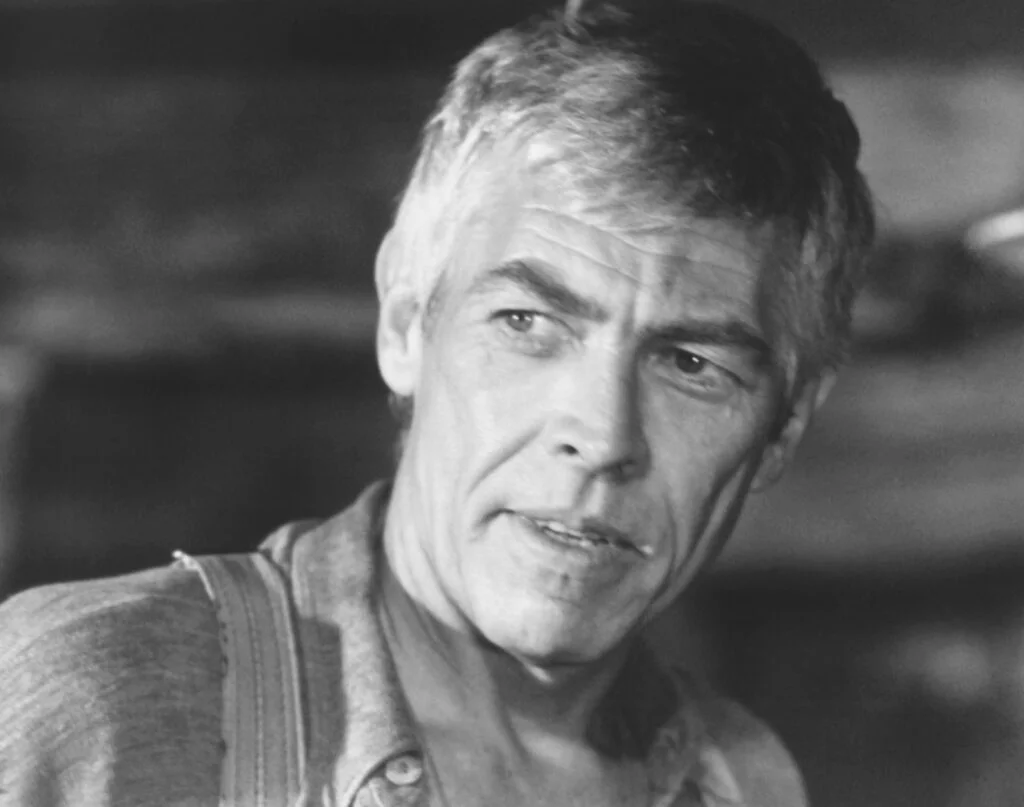
The ruggedly handsome action star known for “The Magnificent Seven” and “Our Man Flint” transformed into an outspoken proponent of holistic medicine after battling severe rheumatoid arthritis. Coburn credited his recovery to a combination of alternative treatments including deep tissue massage, acupuncture, and dietary supplements when conventional medicine failed to provide relief. His public advocacy for alternative health approaches was startlingly different from the macho characters he portrayed, revealing a vulnerable side to the actor who once epitomized cool toughness.
After regaining mobility through alternative treatments, Coburn returned to acting with renewed energy, winning an Academy Award for “Affliction” at age 70. He became a practitioner of various Eastern philosophical traditions and often spoke about the connection between physical and spiritual health in interviews. The martial arts expertise he developed for film roles (he was close friends with Bruce Lee) evolved into a deeper interest in Eastern movement practices like tai chi, which he credited with maintaining his health and vitality long after his action-hero days had passed.
12. Peter Fonda: From Easy Rider to Beekeeper and Environmental Activist
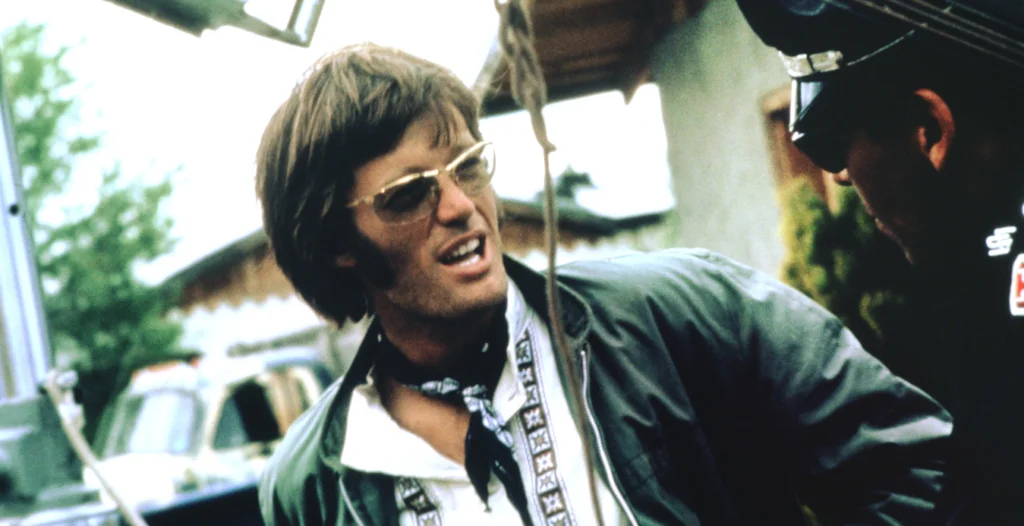
The counterculture icon who produced and starred in “Easy Rider” developed an unexpected passion for beekeeping and environmental conservation in his later years. Fonda maintained extensive beehives on his property in Montana, becoming knowledgeable about colony collapse disorder and advocating for legislation to protect pollinators. His transition from leather-clad motorcycle rebel to conservation-minded beekeeper highlighted how the hippie ideals of his youth evolved into practical environmental action in his later years.
Fonda leveraged his Hollywood connections to raise awareness about ocean conservation, particularly regarding shark finning practices and marine pollution. He narrated environmental documentaries and used his celebrity status to support various ecological causes, from solar energy to wilderness preservation. The rebellious spirit that made him a counterculture heartthrob found meaningful expression in environmental activism, proving that his iconic portrayal of freedom-seeking Captain America in “Easy Rider” reflected genuine values that guided his life long after the cameras stopped rolling.
The heartthrobs who once graced our bedroom walls in carefully cut-out magazine photos didn’t just age gracefully—they evolved in ways that often reflected deeper aspects of their personalities only hinted at in their early roles. Their journeys remind us that the passage of time offers opportunities for reinvention and meaningful second acts, something we can all take inspiration from as we navigate our own life transitions. Perhaps what makes these transformations so touching is seeing how the qualities that first drew us to these men—their charisma, passion, and authenticity—found new expressions beyond the silver screen, revealing that true stars never stop shining; they simply find new constellations to illuminate.



